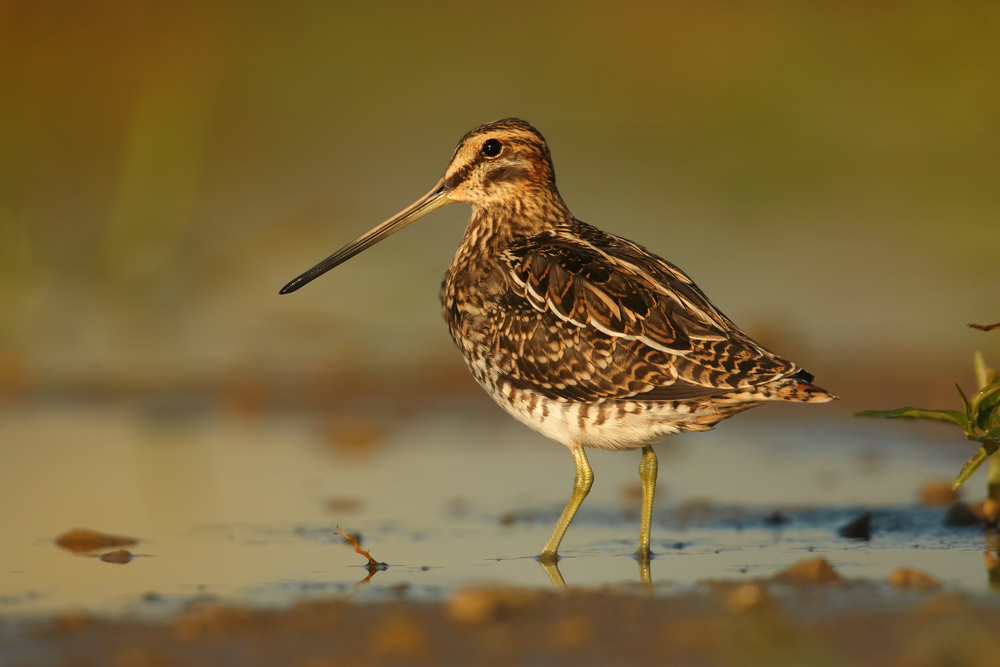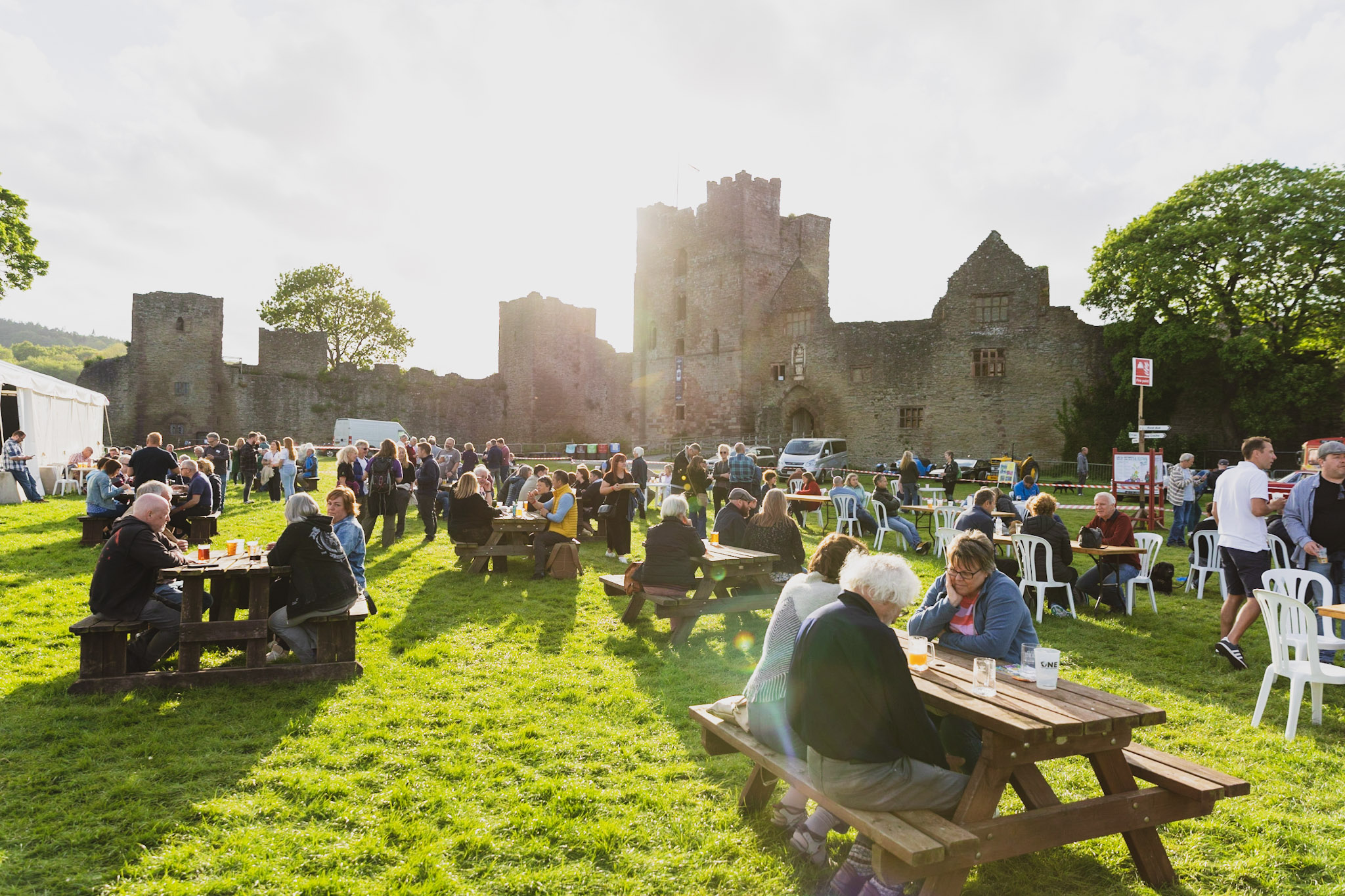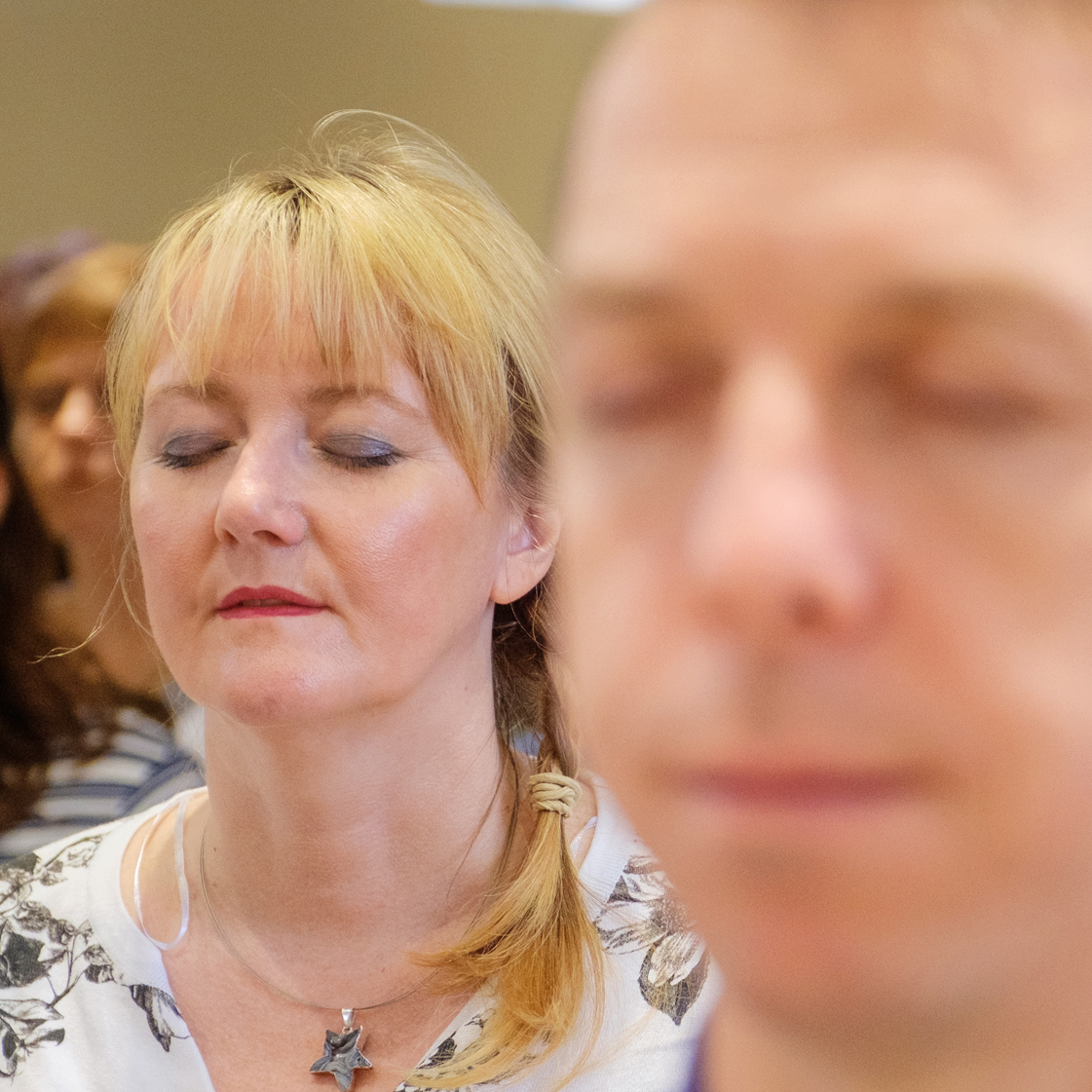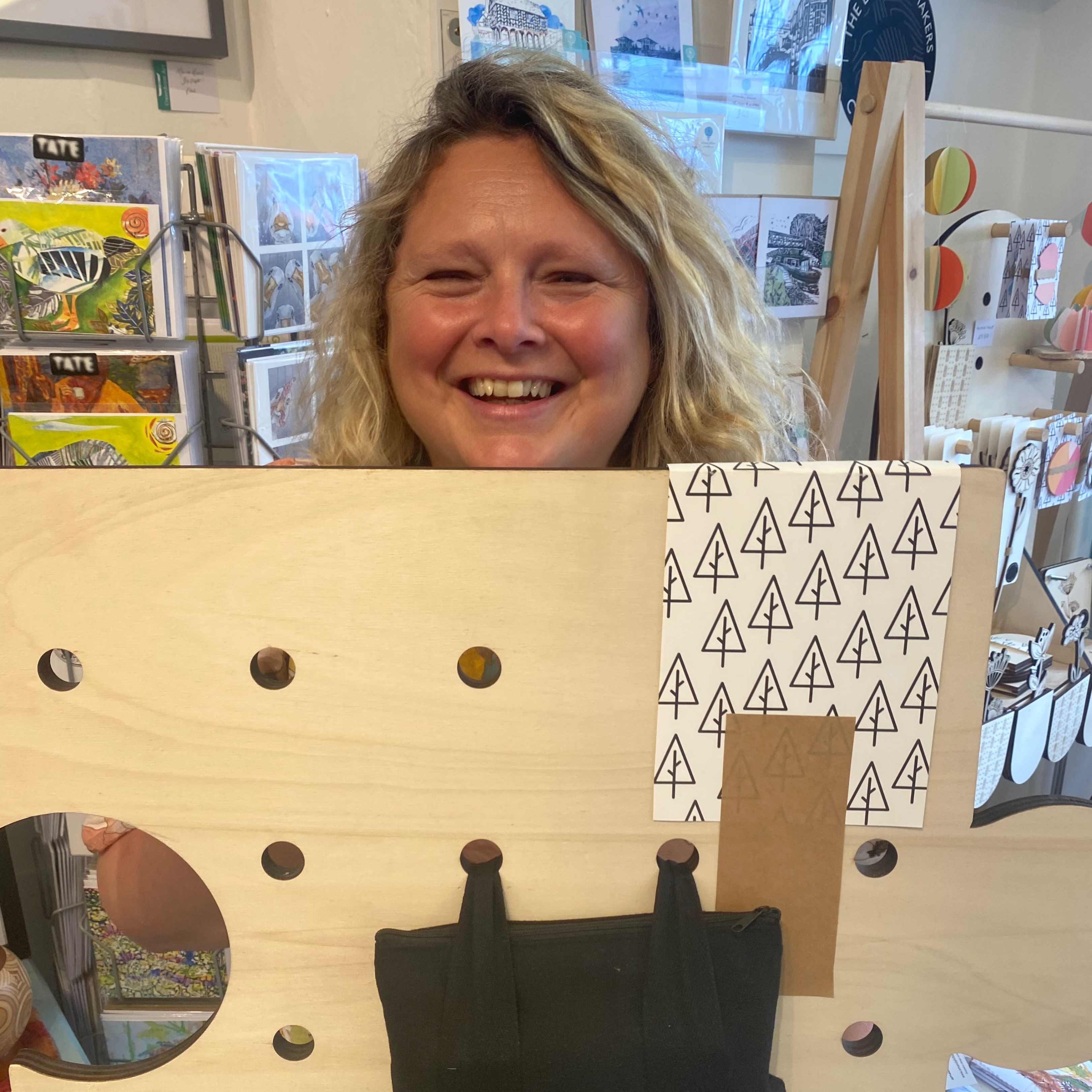The grey clouds are heavy with rain. When the gods of winter weep, their icy tears sting the skin and soak the ground. Fields are drowned and our local rivers become swollen. New pools are born from the cold clay only to disappear with the return of spring. This month, I am exploring those places where land and water meet, rich habitats for birds. Different birds utilise the different habitat features at the wetland edge for feeding through the winter months.
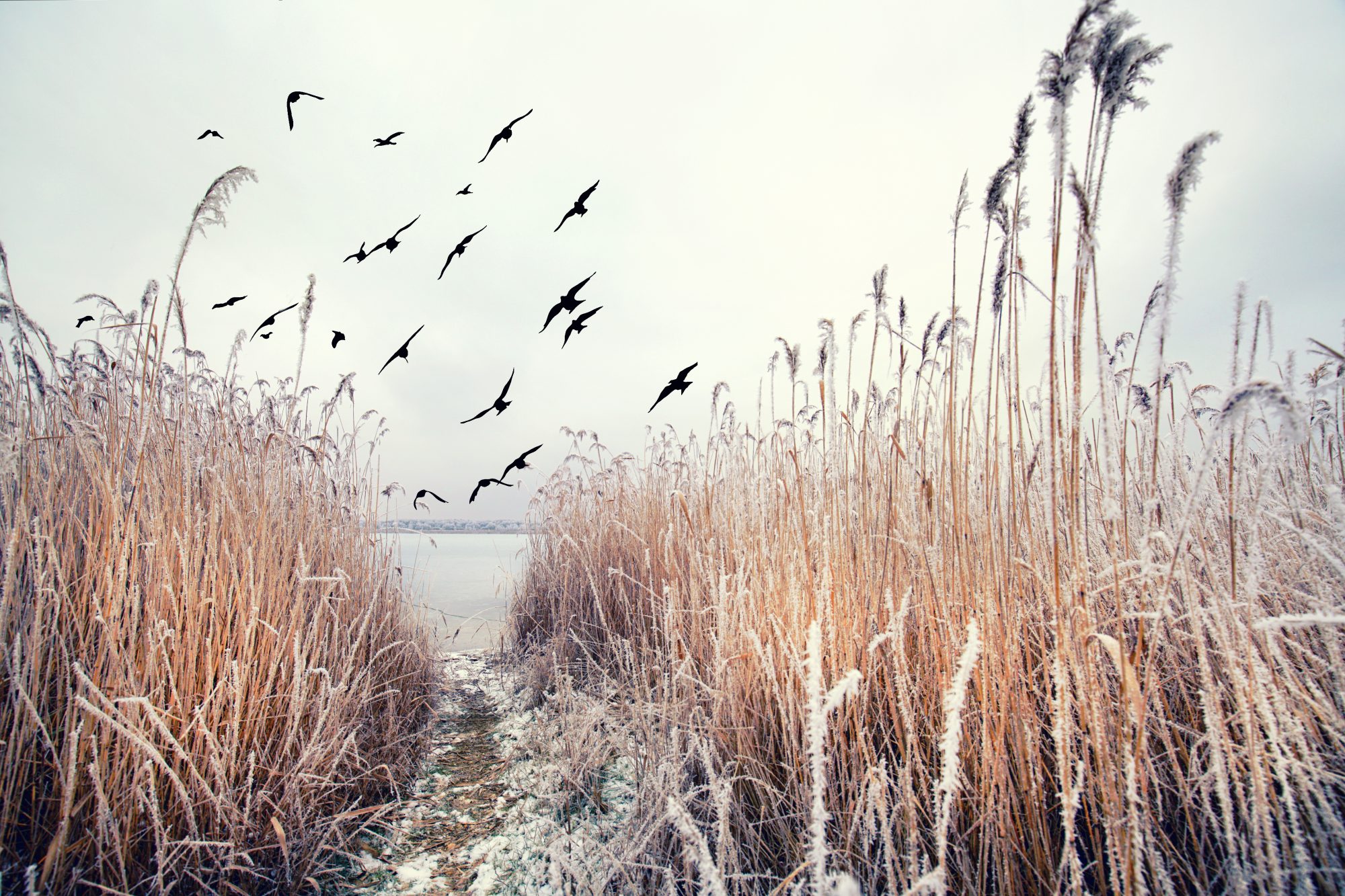
A winter’s day at Eardington Nature Reserve and there is not a breath of wind. The silver birch scrub that surrounds the old wetland stands motionless. Even the whispering willows are silent. There is a heavy mist hanging in the air which seems to further dampen any movement. Suddenly, a snipe takes flight in front of me. The bird has a rapid, panicked wing beat and rolls the body from side to side in flight. The transformation from the stillness of the scene to the frenetic energy of the snipe is dramatic. Snipe are stocky brown waders. They have a long bill and probe the damp soil at the edges of wetlands for invertebrates. At this time of year, our resident birds are joined by over-wintering visitors from northern Europe.
A seasoned hunter
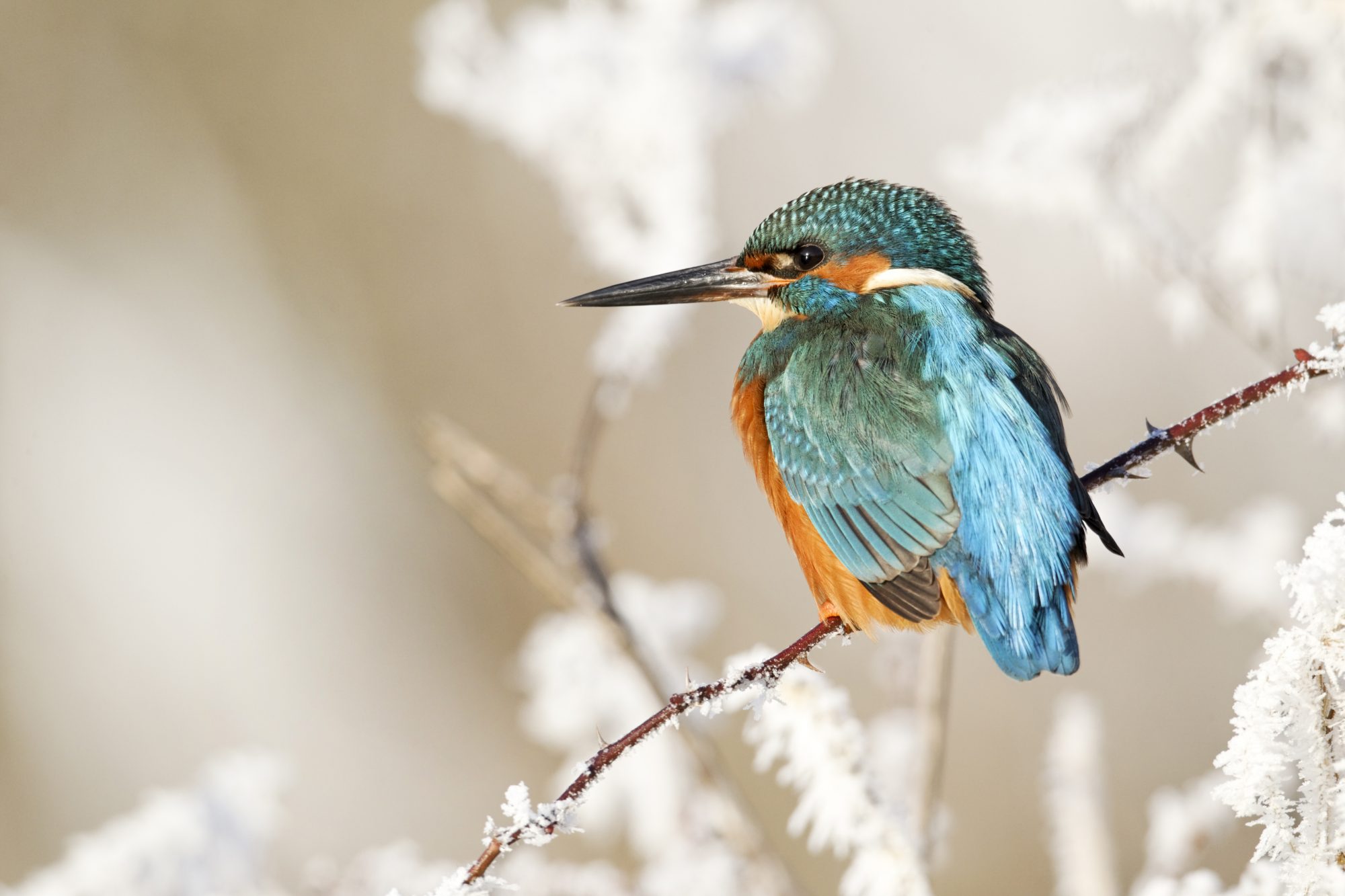
The shallows at the water’s edge are also rich in fish. Kingfishers are truly masters of their craft. Perched completely still on an overhanging branch, they scan the water for suitable prey. They have excellent eye-sight and they can accurately judge the depth of the fish, despite the refraction of light which makes underwater objects seem closer than they really are. When the fish comes into the target zone, the bird plunges into the water with deadly effect. I regularly watch kingfishers on the riverbank at Severn Valley Country Park but when the river level rises and the water turns muddy, kingfishers can struggle to find fish; then, local pools become favoured hunting sites for them.
A flash of azure and tangerine against the delicious oatmeal of the reedbed at Chelmarsh Scrape – one of the kingfishers circles in front of the bird hide in which I am sitting. The other continues on its arrow-like trajectory towards the back of the wetland. Chelmarsh Scrape is a shallow pool and reedbed next to the reservoir. Reedbeds are mainly comprised of a plant species called phragmites australis or common reed. This is a flood-tolerant species of grass. It grows quickly and profusely in shallow water and damp ground. Reedbeds are important roosting sites for birds in winter and nest sites in summer.
Poised at the edge of the reedbed is a grey heron. These birds use their heavy bills to grab fish and amphibians from the margins of pools. A big bird with long legs, the heron is perfectly adapted to skulking around in this habitat. It moves with a gracefulness that seems to mirror the gently shifting flower heads of the reeds.
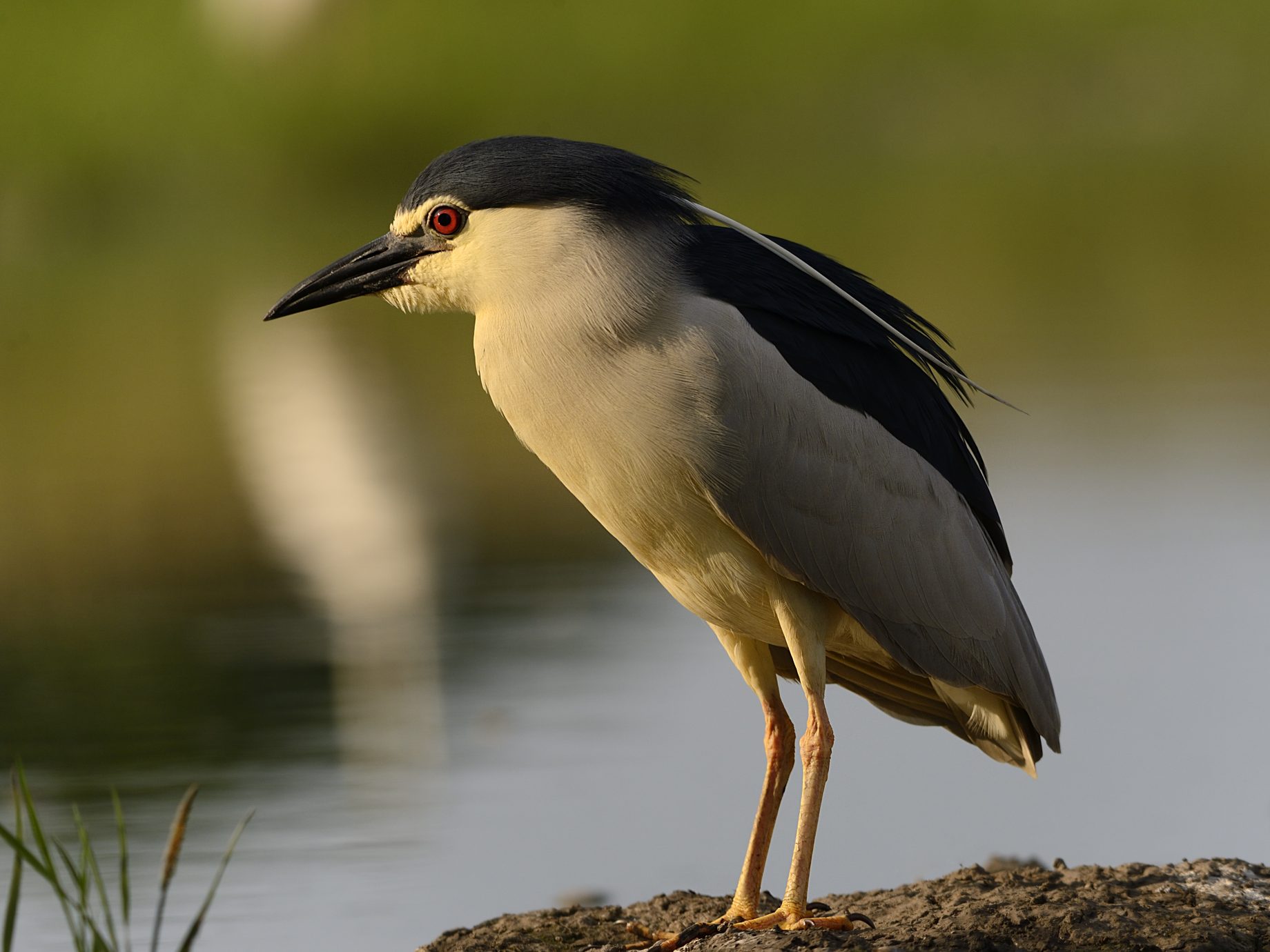
Neither land nor water
A raised boardwalk leads from the dam wall to the bird hide. I step from the boardwalk into the reedbed. This is a between sort of a place; neither land nor water. A skin has formed on the mud but I can feel my feet slowly sinking. The reeds tower above my head and the sheer number of stems makes it very hard to penetrate the inner reaches of the reedbed. A gust of wind blows through the scrape. As it passes through, the reeds part. The invisible briefly becomes visible.
Last year, Shropshire was the scene of great excitement when a rare species of heron took up residence in a local park. The black-crowned night heron was first spotted at Venus Pool, near Cross Houses. The bird then moved to the Quarry Park in Shrewsbury. Within the Quarry is a carefully-tended garden called the Dingle, which features formal planting, shrub beds and an ornamental pool. As the name suggests, the night heron is normally more active during the hours of darkness. The Shrewsbury night heron seemed to make the most of the abundant fish within the pool, however, and was active in daylight, giving those of us who visited wonderful views.
The night heron is a smaller bird than our native grey heron. It has white plumes on the head and piercing red eyes. There are two ‘races’ of the bird, one that lives in mainland Europe and one that lives in America. It was first assumed that the Shrewsbury bird had flown across the channel from mainland Europe. It has now been suggested that the bird may actually be an individual of the American race, raising the possibility that it has been blown off-course during migration and crossed the vast expanse of the Atlantic.
Do one thing for wildlife this month
UK wetlands are internationally important for birds. The Wetland Bird Survey (WeBS) needs volunteers to help monitor numbers of waterbirds. Volunteers must visit a wetland site each month from September to March. Now would be a great time to get signed up in readiness for next winter. The excellent webpage (bto.org/webs) has details of sites that need monitoring and also training courses available for beginners.

